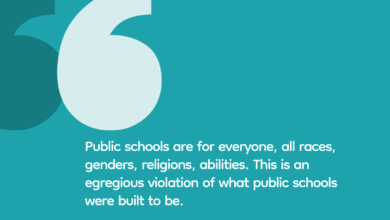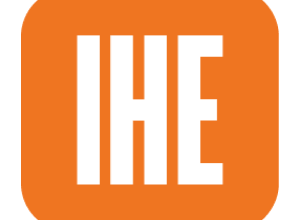Why and How To Use Them Premium Scholorships Info
Anchor charts are a way to make a lesson stick around long after you’ve taught the skills. The idea is that you create them as part of a lesson or unit, then students have the chart to anchor their work with those skills. Here’s our ultimate guide to anchor charts, from how to make them to when to use them. Plus we offer examples from classrooms just like yours.
What is an anchor chart?
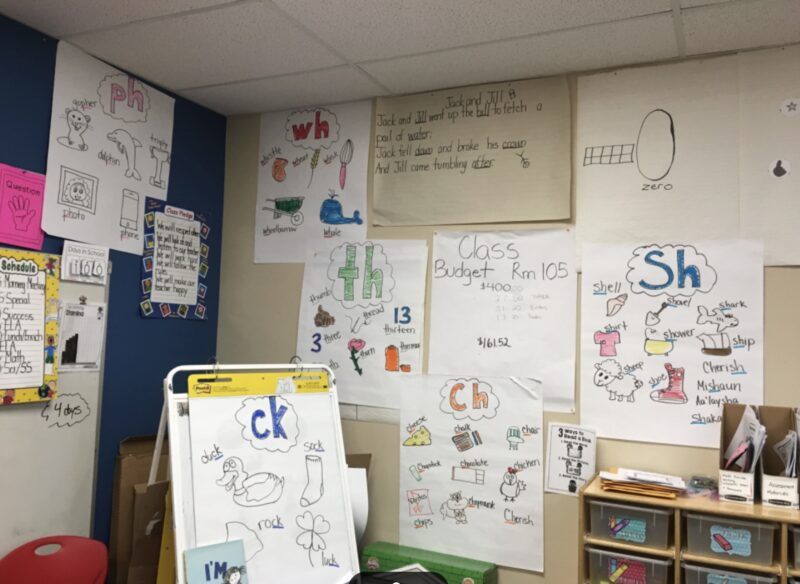
An anchor chart is a tool used to support instruction (i.e., “anchor” the learning for students). As you teach a lesson, you create a chart that captures the most important information, the strategies, and content that you want students to refer to later. Then, hang it in a space where students can see it and refer to it when they are practicing the skill.
Types of anchor charts
You can make an anchor chart for literally everything, but there are three main types:
- Procedure: Think routines and procedures that you want students to refer to as they work in your classroom.
- Strategy or process: These are for strategies you want students to remember and apply in their work. Things like how to create Cornell notes, how to break apart multisyllabic words, or how to solve a geometric proof.
- Vocabulary: Anchor charts can also prove helpful in reinforcing vocabulary since students need lots of practice with words for them to “stick.”
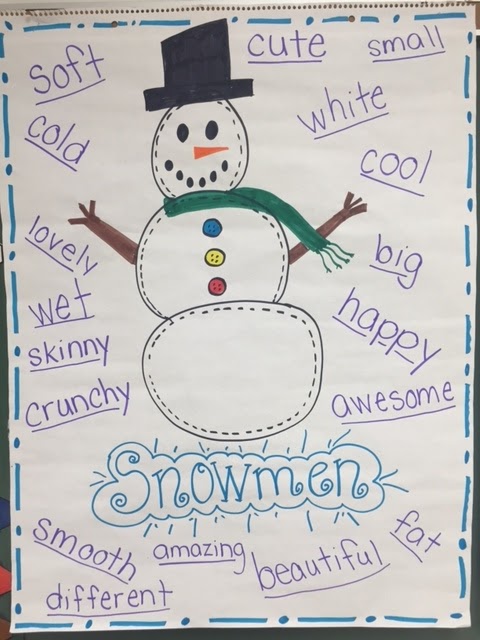
How do I create anchor charts?
Making a chart is the best way to put your teaching, creativity, and smelly markers to work.
- Start with an outline: You know what you want students to learn, so create the frame ahead of time if you need to. For example, you might create boxes for a process or draw a snowman to write about.
- Add a heading: Make sure the purpose is clear.
- Fill it out: Work with students to model the strategy or content and take their ideas for completing the chart. While you should know what needs to be included, be open to student suggestions. Filling out a chart may take one lesson or an entire unit.
- Hang the chart: Display the chart where students can see it when they need the information.
- Refer to the anchor chart: Students need to learn how to use anchor charts just like any other tool in your classroom. So, when students have a question or when giving directions for a task, refer them to the chart.
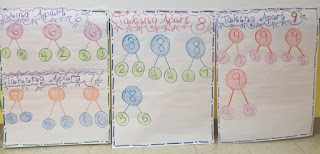
Some charts may stay up all year, while others are switched out when students have mastered that content. In that way, posting anchor charts keeps relevant and current learning accessible to students, reminds them of prior learning, and encourages them to make connections as new learning happens.
How to maximize anchor charts
Use our tips to learn how to use anchor charts like a pro!
Use color strategically
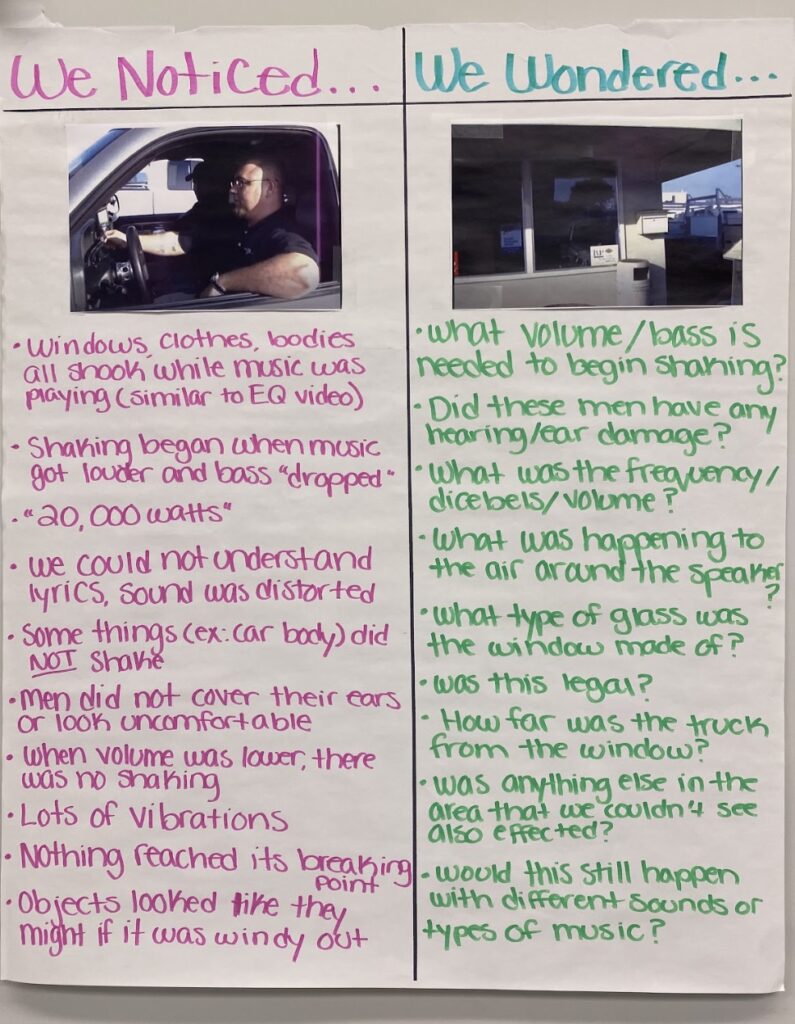
Use different colors and bullet points to help students quickly access the information you want them to see.
Keep them simple and neat
Use easy-to-read graphics and clear organization. Don’t allow distracting, irrelevant details or stray marks, such as too many arrows or overemphatic use of underlining that undercuts your message.
Use visuals
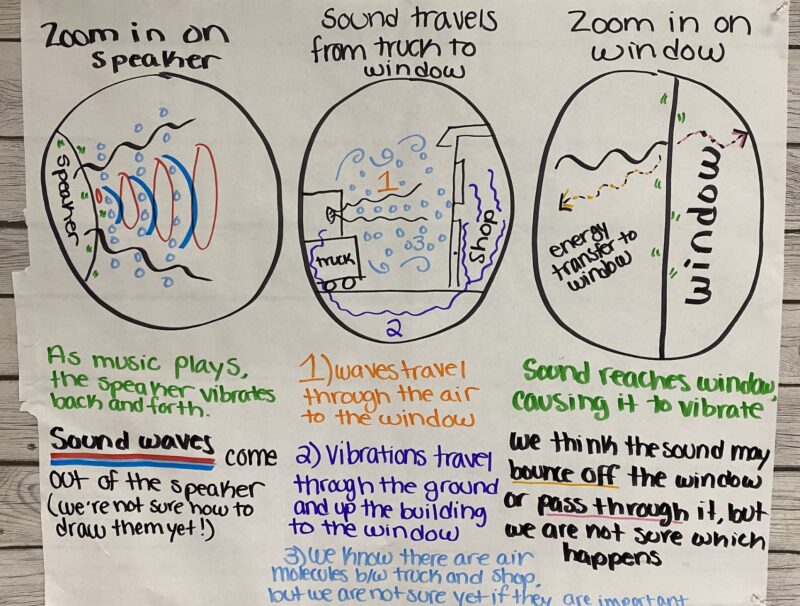
Use drawings and other visuals to show what happens in a process or procedure, like this example that explains how sound waves travel.
Don’t overuse them
While anchor charts are a super-useful tool, don’t feel as if you need to create one for every single lesson. Choose carefully so the ones you create have the greatest impact.
Have students do the work
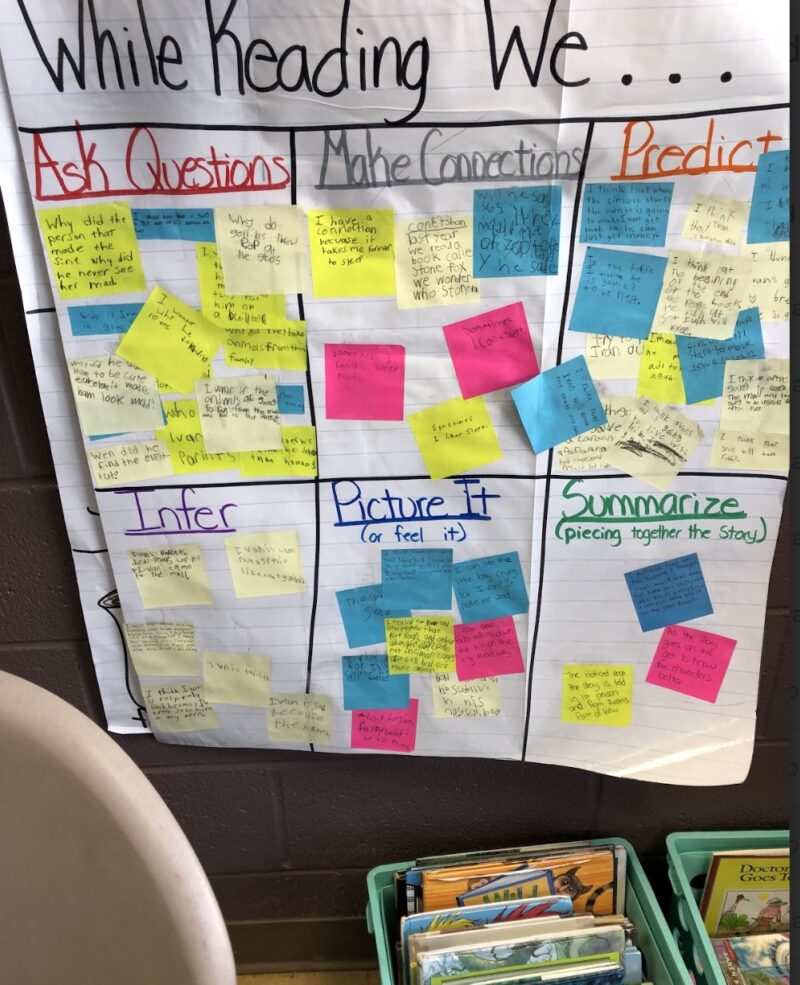
Create a living anchor chart by having students add to it with sticky notes of examples from what they read or research they do.
Get inspiration
Teachers always get their best ideas from other teachers. If your teammate has already tackled a topic, use the same format. Just make sure you create your own version from scratch so your students experience the learning as you go.
Aim for maximum engagement
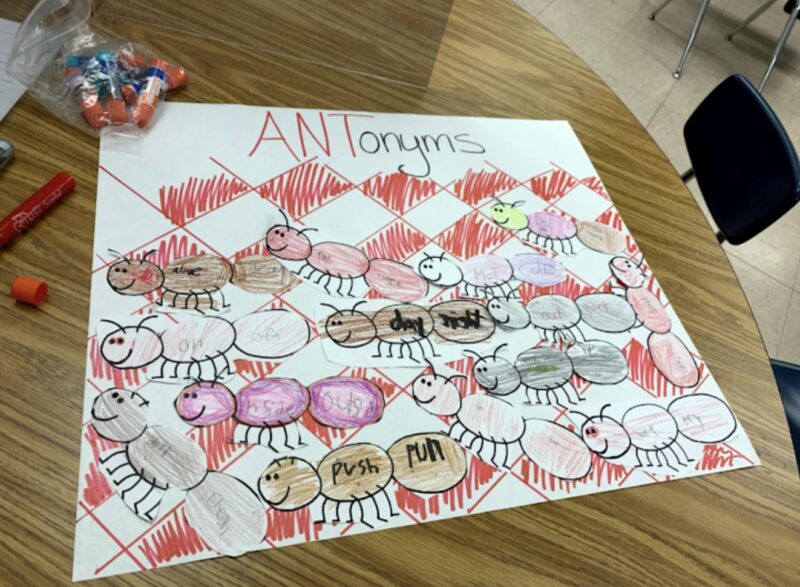
When students are involved in the process of creating learning tools, they are more likely to comprehend more deeply and remember more of what they learn.
Bring lessons to life
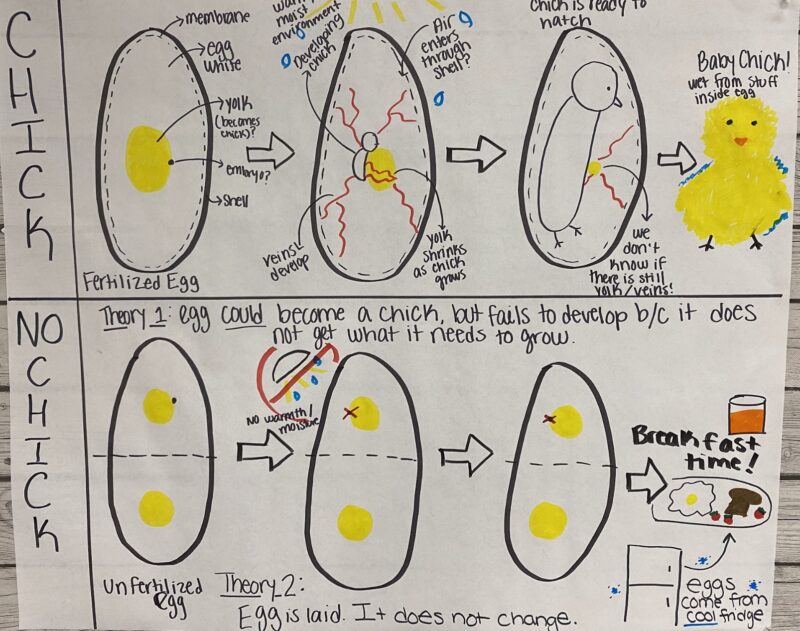
If you are studying a topic that lends itself particularly well to a visual aid, create an anchor chart! If you are studying how animals develop, for example, draw a visual of what happens inside an egg when there is and is not a chick.
Support independent work
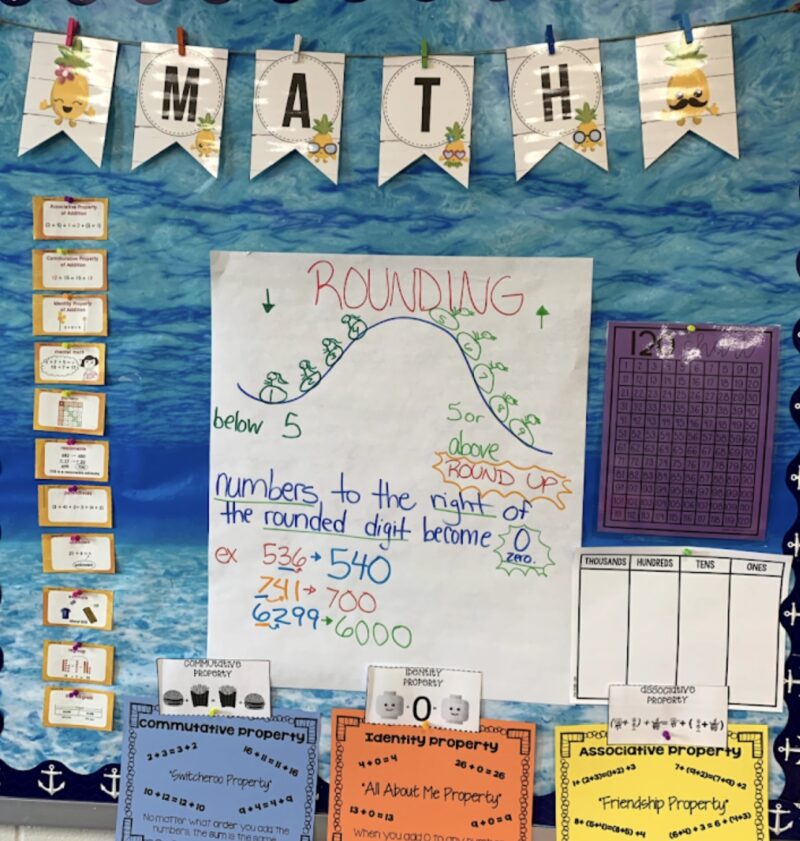
Anchor charts provide students with a source to reference when working on their own, like this model of how and when to round.
Use anchor charts as classroom references
To help students keep information straight, create charts for each topic. For example, if you’re teaching math concepts, create a chart for geometric shapes, the difference between perimeter and area, and how to multiply and divide fractions.
Reinforce classroom procedures
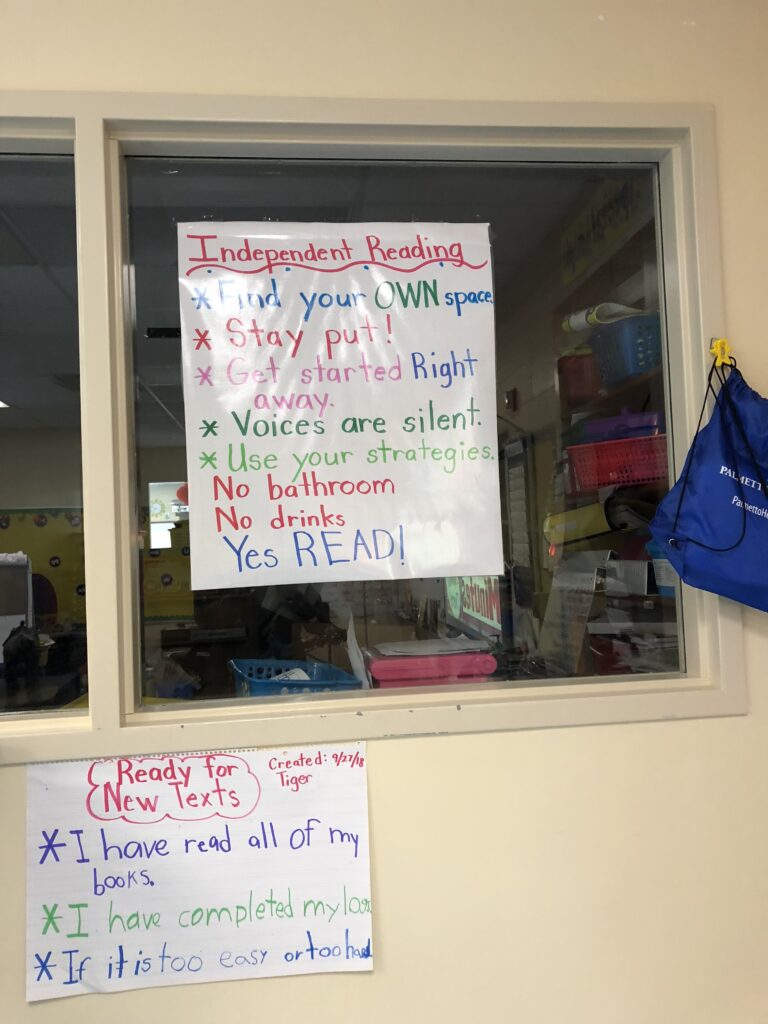
Provide students with a visual to remind them of routines, like these anchor charts about how to do independent reading and get new books. The poster doesn’t have to be huge, but it does have to be helpful.
Use anchor charts as a companion to read-alouds
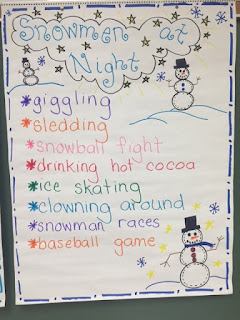
While you’re reading, stop, observe, and record. At the end, you’ll have a chart to remind students about the main vocabulary, ideas, and structure of the story.
Helpful Anchor Chart Resources
Inspired? Check out these anchor chart compilations for ideas:


